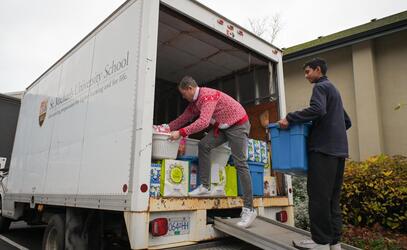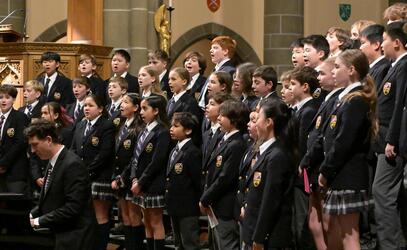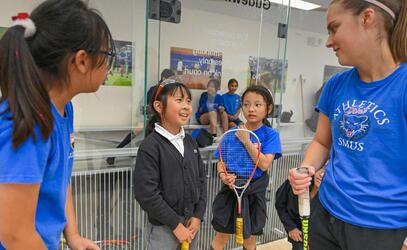I will admit it: all throughout my schooling I thought I hated group work. Over the last few decades, I have now come to realize that I did not actually hate collaboration, I just was never taught how to work in a group. As a young adult, I did not intuitively have the skills to manage group work. Lacking the skills or language to collaborate effectively, I used some of my dominant personality traits, such as placing a high value on efficiency, and usually ended up doing most of the group work myself, all the while feeling an unproductive sense of martyrdom and resentment.
In my mid-20s, I volunteered to help a friend, who was learning to facilitate workshops that helped people figure out their personality types. It was in this workshop that I started to identify the strengths of different personality types and learn the skills of effective group work. I also realized that what I saw as a personal strength – being highly efficient – also had the far less attractive shadow characteristic of being bossy and non-inclusive. Since this time I have been slowly and surely improving my collaboration skills and I purposely seek out the skills of diverse thinkers when I need to solve a problem.
Building Positive Skills
Thankfully, SMUS students do not have to wait until their mid-20s to begin to learn the important skill of collaboration. Collaboration, which is both a trait of our Portrait of a Learner and a key Ministry of Education core competency, encompasses a set of skills that are explicitly taught and nurtured at our school, both in classes and through community time like chapel. And though it is not always pretty or easy, our students are consistently being given the opportunity to practise and develop these skills.
This year, on the Middle School final report card each student will write a reflection on their skills as a collaborator. At each grade level, students have been taught collaborative skills, assessed themselves against these skills and then practiced the skills on current curricular projects such as the Grade 6 Sustainable School Redesign, the Grade 7 world religions project and the Grade 7/8 standing white board math problem solving.
The collaboration is not always without its pain points, and due to this year’s cohort system our students are spending a lot more time with the same people, which sometimes results in group friction. Despite the sometimes messy nature of having adolescents work together, there has definitely been an increased awareness of what good collaboration looks and sounds like, and a lot of examples of positive collaboration.
Collaboration in Action
Just last week, I observed a Grade 6 class that was in the process of giving feedback to each other on their collaboration skills. The students were generous in their praise of each other’s positive group work traits but the discussion got really interesting as they tried to respectfully state what was not going well. As teachers, we had to push students to be honest but once they got the hang of it, they seemed empowered to get what were perhaps some simmering resentments out in the open.
I heard and read statements such as, “I wish you would share your ideas more instead of being distracted” or “Sometimes it seems like you think your ideas are better than mine and you only write down your ideas when it is supposed to be all of our ideas.” Or my favourite exchange, when one student asked what it meant to diplomatically disagree and another student answered by saying, “It’s when instead of saying ‘that’s stupid’ you say ‘can you tell me more?’.”
I sure could have used that type of language during my university days.
Preparing Students for Life
Nurturing the development of students who have the ability to respectfully collaborate and communicate with people of diverse backgrounds and opinions is a laudable goal. Though our students, like my younger self, may complain at the dinner table about some unsatisfactory collaboration that occurred that day, rest assured that they are being skillfully guided by their teachers to navigate these sometimes uncomfortable situations and are gaining the skills necessary for learning, leading, and serving in this complex global world.



